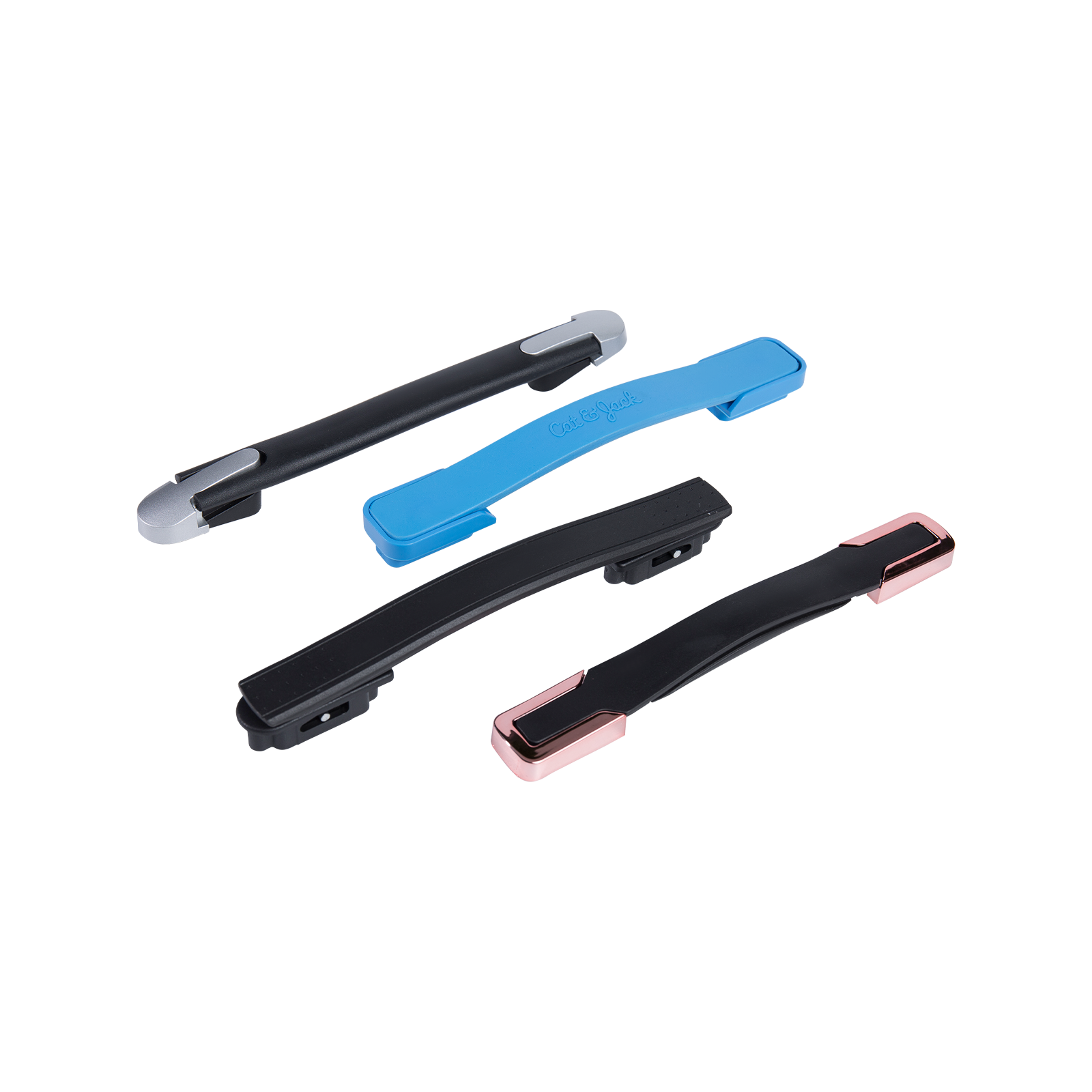The materials used in the construction of travel bag handles play a crucial role in determining their durability, strength, and overall performance. Here are some common materials used and their contributions to the handle's durability:
Plastic:
Polypropylene (PP) and polycarbonate (PC) are commonly used plastics.
Durability Contribution: These materials are lightweight and resistant to impact and wear. Polycarbonate, in particular, is known for its high strength and resistance to cracking.

Metal:
Aluminum and steel are often used for the telescoping mechanisms in extendable handles.
Durability Contribution: Metal handles provide high strength and durability, capable of supporting significant weight without bending or breaking. Aluminum is lightweight and resistant to corrosion, while steel offers superior strength and rigidity.
Rubber and Foam:
Rubber or foam padding is often added to the grip area of the handle.
Durability Contribution: These materials enhance comfort by providing a soft, cushioned grip that reduces hand fatigue. They also add a layer of protection against impact and wear.
Fabric and Leather:
Nylon or polyester fabric handles, and sometimes leather handles, are used in softer, non-telescoping handles.
Durability Contribution: High-quality nylon and polyester are resistant to tearing and fraying, offering long-lasting performance. Leather handles add a premium look and feel while being durable and aging well over time.
Composite Materials:
Carbon fiber composites or fiberglass are used in high-end or specialty bags.
Durability Contribution: These materials provide exceptional strength-to-weight ratios, making handles both lightweight and extremely durable. They are also resistant to corrosion and environmental stressors.
Thermoplastic Elastomers (TPE):
TPEs are sometimes used in handle grips.
Durability Contribution: TPE provides a comfortable, non-slip grip that remains durable over time. It is resistant to environmental factors such as UV exposure and extreme temperatures.
Each material contributes uniquely to the handle's overall durability:
Plastic components are typically used for the outer casing and can be designed to withstand significant wear and tear while keeping the bag lightweight.
Metal parts, particularly in telescoping mechanisms, provide the necessary strength and rigidity to handle heavy loads and frequent use.
Rubber and foam add ergonomic benefits, enhancing user comfort and reducing the impact on the hands.
Fabric and leather handles are durable and stylish, suitable for bags where aesthetic appeal is important.
Composite materials ensure that the handle can endure harsh conditions and heavy use while remaining lightweight.
By combining these materials, manufacturers can create travel bag handles that are robust, comfortable, and suitable for a wide range of travel conditions.




 Español
Español











